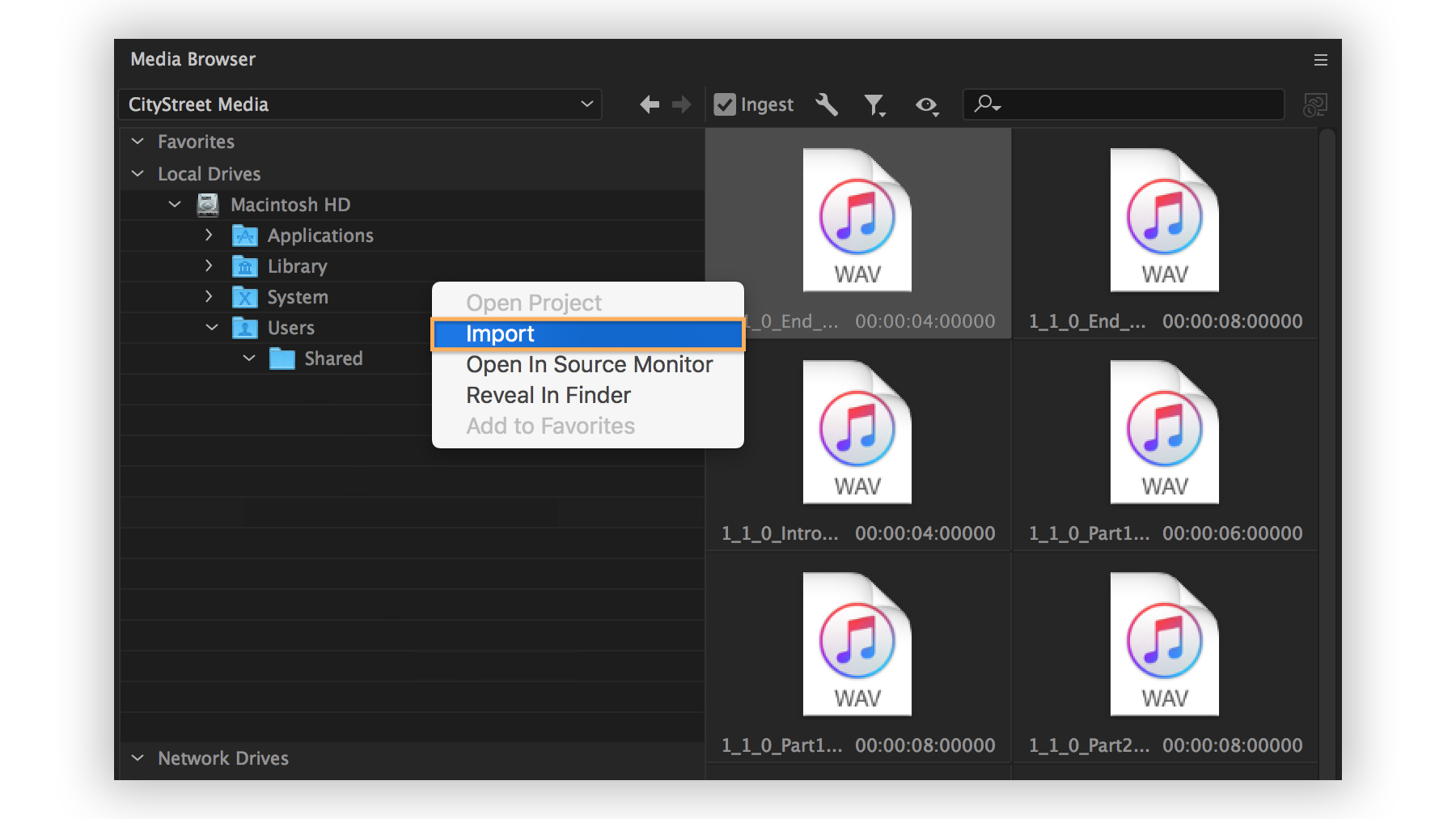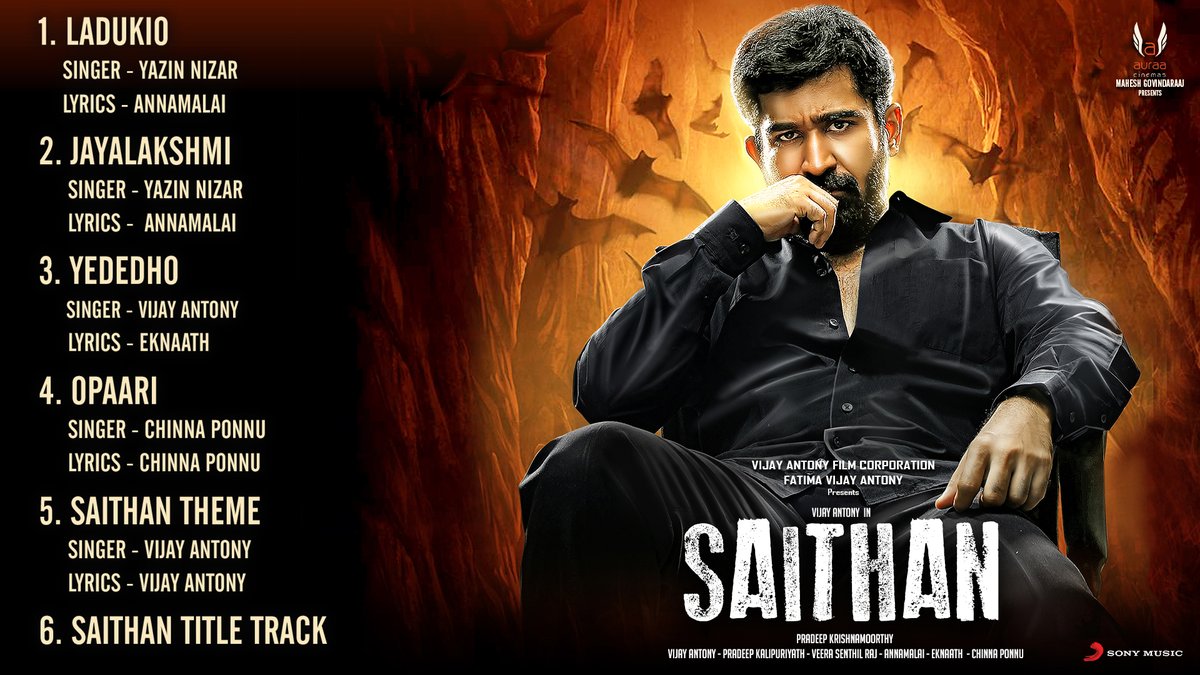

One of the things I really like about this amp is that Bluesound continues to push software updates to it to improve its performance. You will need to connect the Powernode 2i to your WiFi network to stream music through it, but the app walks you through the process, which takes about five minutes. The Powernode 2i supports music resolutions up to 192kHz, and the company’s BluOS app (available on iOS and Android) allows you log into some high-resolution streaming services from the amplifier itself. All you need to do is connect a pair of speakers to it, and you’re all set. The reason I love the Powernode 2i is because it’s compact and capable. The combination DAC, streamer, and amp is a pretty good all-in-one solution for someone who wants to get serious about high-resolution music streaming. Streaming services have typically been geared towards people who want to listen to songs on the go, but if you want to experience high-resolution music at home, I recommend Bluesound’s Powernode 2i. A lot of newer audio gear comes with support for high-resolution audio out of the box, but be sure to check, if you’d like to get the most out of your digital music. I’m recommending two DACs I’ve had good experiences with, or still use today.

If you want to make the leap to high-resolution music listening on your phone, computer, or stereo, you may need a new DAC to do it. Your computer, tablet, phone, TV, and stereo receiver all have a built-in DAC it’s the component that converts digital files into sound you can hear, but not all of them support high-resolution audio files. Thankfully there’s only one component you may need in order to listen to music in high resolution: a DAC (digital analog converter). What Equipment Do You Need To Stream High-Resolution Music? If a song is not available in high-resolution, these services will offer the track or album at CD quality, which is still a big step above MP3 audio. You still get access to a library of millions of songs many of them are just available in high-resolution. High-resolution streaming services allow you to stream music at 96kHz or 192kHz if you have the right gear. A vast majority of high-resolution music files have a sampling rate of 96kHz or 192kHz, both of which are appreciably higher than the 44.1kHz cap on other digital files. Both CDs and MP3s have a maximum sampling rate of 44.1kHz (kilohertz) high-resolution music can have a sampling rate of between 96kHz and 352.8kHz. The higher the sampling rate, the more bass (low frequencies) and treble (high frequencies) you can hear.

High-resolution music also has a larger sampling rate (basically the maximum frequencies you can hear from digital music). If the actual music is compressed while it’s being made, bit-rate won’t mater much). The more data, the better the sound (Note: the way music is mixed and mastered also plays a huge role in how music sounds. One way to judge the way digital music sounds is by looking at its bit rate, or the amount of data that’s transmitted between the file you’re listening to, through the player you’re using, and to your ears. Thankfully this has changed recently, and a handful of companies have started high-resolution music streaming services, which offer convenience and audio quality.

The former is way more convenient, and gives you unlimited access to a library containing millions of songs, but the latter will sound better. Until recently, music fans have had to face an annoying choice: use a streaming service with compressed audio, or get CDs and high-resolution music a la carte. If you purchase an independently reviewed product or service through a link on our website, Rolling Stone may receive an affiliate commission.


 0 kommentar(er)
0 kommentar(er)
